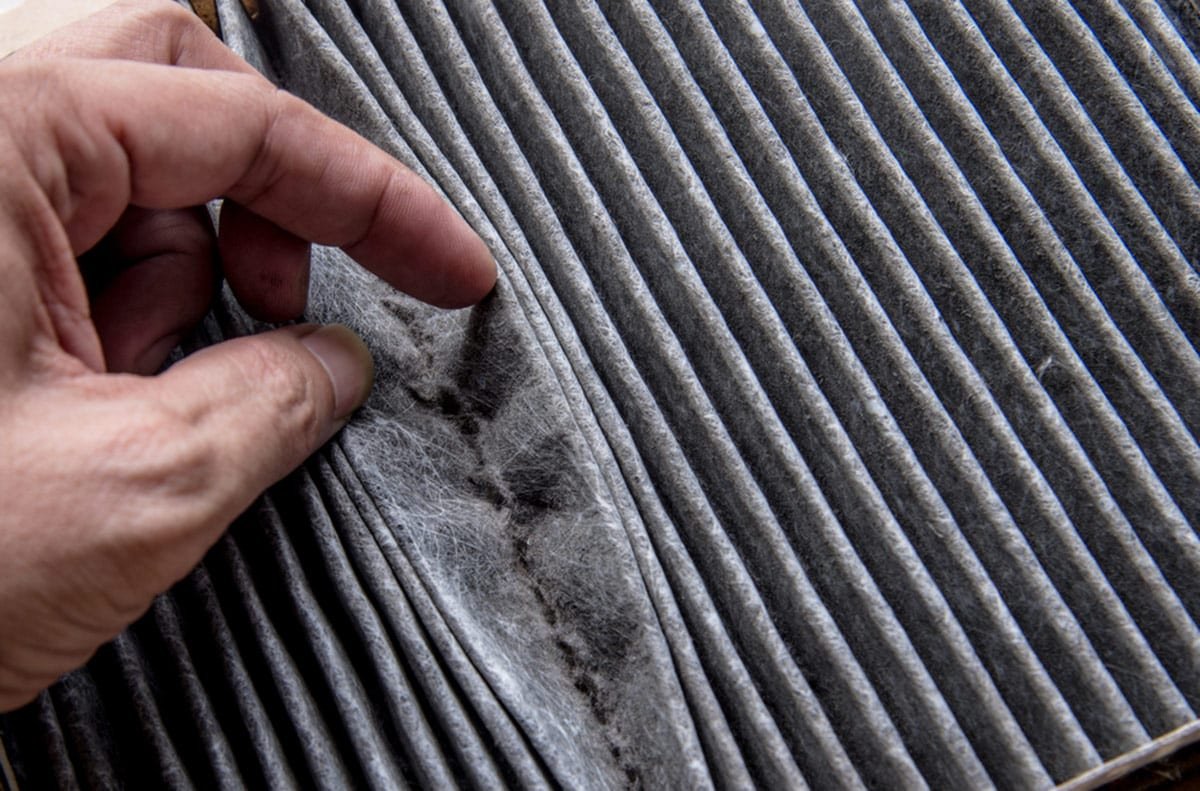Thermostats are responsible for regulating the temperature in your home, and when they malfunction, they can cause all sorts of problems with your HVAC system. It would be difficult to survive the several seasons without the heating and cooling systems that keep us cozy. A high-quality HVAC system should be installed and maintained, but your thermostat is also an essential piece of hardware. This article will list some of the most common thermostat problems and how to fix them. Remember that these are just general tips. You should always consult a professional if you’re experiencing difficulties with your thermostat.
Too Old Thermostat
One of the most common thermostat problems is too old. Just like any other type of technology, thermostats have a limited lifespan. More issues arise with older thermostats than with modern ones. Thermostats will not survive forever, just like all other components of your HVAC system. A thermostat’s likelihood of breaking increases with age.
If your thermostat is more than ten years old, it’s probably time to replace it with a newer model. Newer thermostats are much more accurate than older models and offer more features and capabilities. Think about upgrading the thermostat with a contemporary, programmable one. It will solve any issues you may encounter and guarantee years of reliable performance.
Inaccurate Temperature Reading
If your thermostat is misreading the temperature, it can cause all sorts of problems with your HVAC system. The most common symptom of this problem is that your thermostat will turn on or off at the wrong times. It can cause your HVAC system to run more frequently than necessary, which wastes energy and raises your utility bills.
There are a few different things that can cause inaccurate temperature readings. One is that the thermostat itself is malfunctioning. Another possibility is that the thermistor, the temperature sensor, is dirty or damaged. Finally, the problem could be the wiring between the thermostat and the HVAC system.
It Has Build-up Dirt and Dust
If your thermostat has build-up dirt and dust, it can cause many issues. This build-up can interfere with the thermostat’s ability to measure temperature accurately. It can also prevent the thermostat from making good contact with the wall, which can cause inaccurate temperature readings.
The best way to clean your thermostat is to remove it from the wall and use a soft cloth or brush to gently remove the build-up. Be careful not to damage the thermostat while you’re cleaning it. Once you’ve removed the build-up, put the thermostat back on the wall and turn on your HVAC system to see if it solves the problem.
Poor Location
Your thermostat’s placement may affect how well it reads the temperature. For example, the temperature reading on your thermostat may be greater than the rest of the house if it is next to a fireplace. The same holds for thermostats placed in chilly areas. The thermostat can read much lower than the surrounding area. It will cause your thermostat to turn on your furnace or heat pump more frequently than necessary, wasting energy and driving up your utility bills.
You’ll need to move your thermostat to a more accurate location to solve this problem. Ideally, you should place the thermostat in a central location representing the temperature in the rest of the house.
Improper Installation
If your thermostat is installed improperly, it can cause many problems. One of the most common problems is that the thermostat will be unable to accurately measure the temperature. It can cause your HVAC system to turn on or off incorrectly, wasting energy and driving up your utility bills.
Improper installation is often the result of a DIY attempt gone wrong. If you didn’t install your thermostat correctly, it’s best to hire a professional to do it for you. It will ensure that the thermostat is installed correctly and will work perfectly.
HVAC System Compatibility
One of the most common thermostat problems is incompatibility with your HVAC system. It can cause many problems, including inaccurate temperature readings, thermostat malfunctions, and even complete system failures.
If you’re having thermostat problems, you should first check to see if the thermostat is compatible with your HVAC system. If it’s not, you’ll need to buy a new thermostat compatible with your system.
Needs Recalibration
Thermostats include inbuilt sensors that are factory calibrated to provide precise readings. Efficiency decreases with time, and these start to miscalibrate. As a result, the temperature may vary from room to room in the house. It’s possible that some rooms are chilly and others are warmer.
Miscalibration may also cause the computer and fan to switch on and off too quickly, among other incorrect system directives. We also call it short-cycling, which may shorten the lifetime of your HVAC system, increase your energy costs, and make you uncomfortable.
Conclusion
If you’re having thermostat problems, there are a few things you can do to try to fix them. Check to see if the thermostat is compatible with your HVAC system. If it’s not, you’ll need to buy a new thermostat compatible with your system. Also, ensure that you install the thermostat correctly and that it is in a central location representing the temperature in the rest of the house. If you’re still having problems, it’s best to hire a professional to help you troubleshoot the issue.









